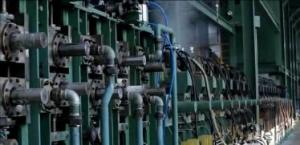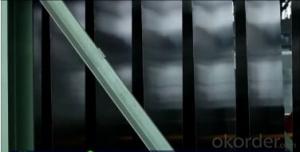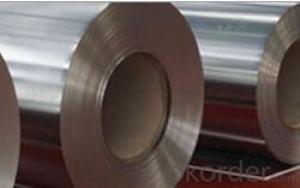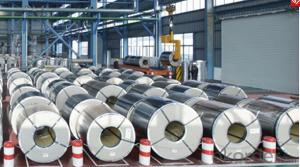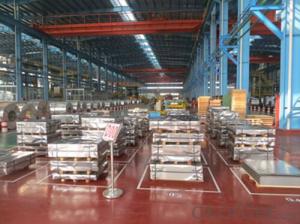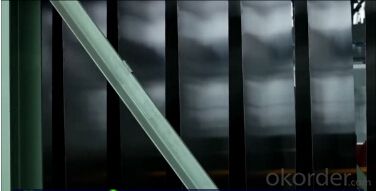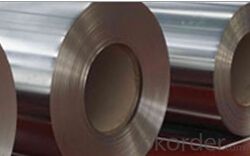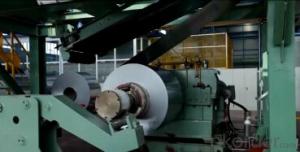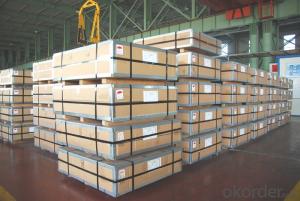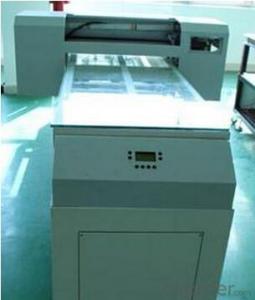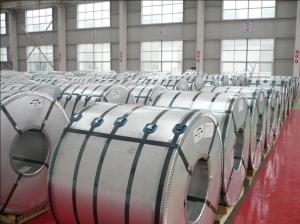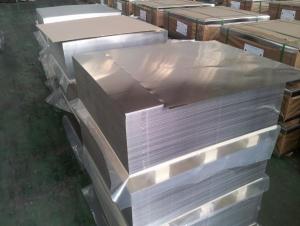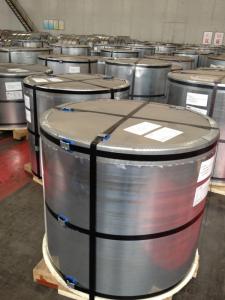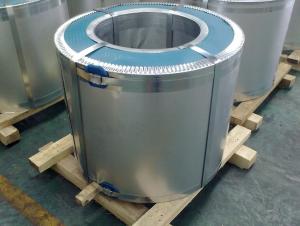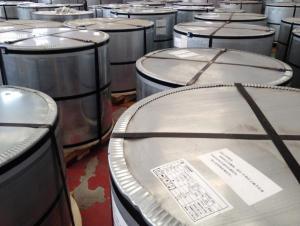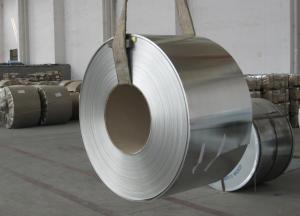Tinplate for Africa Market with High Tin Coating
- Loading Port:
- Shanghai
- Payment Terms:
- TT OR LC
- Min Order Qty:
- 25 m.t.
- Supply Capability:
- 1000 m.t./month
OKorder Service Pledge
OKorder Financial Service
You Might Also Like
1.Structure Description
Electrolytic Tinplate Sheets is one of the metal packing materials, which is widely used for making painting cans ,chemical package cans , electrical cable ,battery and metal printing etc.
2. Main Features
Steady and high quality
Fast shipment
Good experience for export work
For the surface, Plate uniform in thickness,uniform and smooth tin coating, without flaws,rusts,scratch,wave,nick of tin coating etc.
Price competitive
3.Images
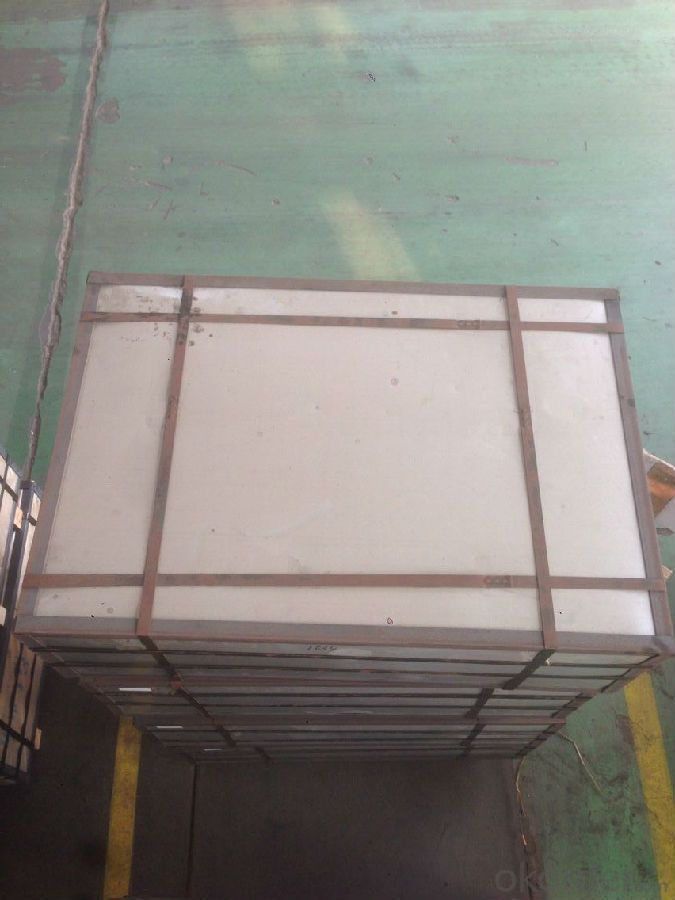
4. Specification
Standard : GB2520-2000 ,JIS G3303
Steel type : SPCC,MR
Coating : 2.8/2.8
Surface: Bright, Stone ,
Thickness:0.18
Width :600MM~1000MM
Temper : T1~T5,DR8
Package: tinplate wrapped completely with an inner cover of plastic or waterproof papers with vorners protected with metal angels.
5.FAQ
A. What is the package of tinplate? (Referred as below)
For sheets, thin plastic film + rust-proof paper + metallic cover + metallic angles+ steel band strips + fumigated wooden pallet.
For coil, thin plastic film + rust proof paper + metallic cover + steel band strips + fumigated wooden pallet
B. The surface of tinplate could you supply?
Stone finish, Bright finish, Matte finish, Silver finish
C. What quantity is the minimum order of tinplate?
Usually, the minimum quantity is 25MT. For special case, consult with us.
D. Can it make to be BA or CA for annealing?
Yes, both can do with.
- Q: How does tinplate handle exposure to pressure and impact?
- Tinplate is known for its excellent strength and durability, making it capable of handling exposure to both pressure and impact effectively. It can withstand moderate levels of pressure without deformation or damage, and its rigid structure helps to absorb and distribute impact forces, minimizing the risk of denting or cracking. Overall, tinplate's resilience and robustness make it a reliable choice for applications where exposure to pressure and impact is expected.
- Q: Is tinplate safe for food contact?
- Yes, tinplate is generally considered safe for food contact. It is a commonly used material for food packaging due to its protective properties and ability to resist corrosion, ensuring the safety and quality of the food products stored inside.
- Q: Can tinplate be used for food packaging?
- Yes, tinplate can be used for food packaging. It is a commonly used material due to its durability, resistance to corrosion, and ability to protect the contents from external contaminants. Tinplate is also easily recyclable, making it an environmentally friendly choice for food packaging.
- Q: What are the common defects in tinplate?
- Common defects in tinplate include rusting, dents, scratches, pinholes, and uneven coating.
- Q: What are the welding methods used for tinplate?
- The welding methods commonly used for tinplate include spot welding, seam welding, and resistance welding.
- Q: Can tinplate be used for high-speed packaging lines?
- Yes, tinplate can be used for high-speed packaging lines. Tinplate, known for its strength, durability, and corrosion resistance, is commonly used in the food and beverage industry for packaging products that require high-speed production. Its smooth surface allows for efficient printing and labeling, making it a suitable choice for high-speed packaging lines.
- Q: Can tinplate be used for solar panel applications?
- Yes, tinplate can be used for solar panel applications. Tinplate is a type of steel coated with a thin layer of tin, which provides corrosion resistance and durability. It can be used as a substrate material in solar panel manufacturing processes, providing a stable base for the photovoltaic cells and protecting them from environmental factors. Additionally, tinplate's low cost and ease of processing make it an attractive option for solar panel applications.
- Q: How is tinplate price determined?
- The price of tinplate is determined by various factors including the cost of raw materials, market demand and supply, production and manufacturing costs, as well as any additional taxes or tariffs imposed on the product. Additionally, global economic conditions, exchange rates, and competition within the industry can also influence the pricing of tinplate.
- Q: What are the main applications of tinplate in the pet food industry?
- Tinplate is commonly used in the pet food industry for packaging purposes. It offers excellent protection against oxygen, light, and moisture, which helps to maintain the freshness and quality of pet food. Additionally, tinplate cans are easy to open and reseal, making them convenient for pet owners. The material is also recyclable, making it an environmentally friendly choice for packaging.
- Q: How does tinplate perform in terms of durability and longevity?
- Tinplate is known for its exceptional durability and longevity. Its protective tin coating acts as a barrier against corrosion and prevents the underlying steel from rusting. This makes tinplate highly resistant to environmental factors and ensures its long-lasting performance even in challenging conditions. Additionally, tinplate's strength and rigidity contribute to its durability, making it suitable for various applications where longevity is crucial.
Send your message to us
Tinplate for Africa Market with High Tin Coating
- Loading Port:
- Shanghai
- Payment Terms:
- TT OR LC
- Min Order Qty:
- 25 m.t.
- Supply Capability:
- 1000 m.t./month
OKorder Service Pledge
OKorder Financial Service
Similar products
Hot products
Hot Searches
Related keywords
